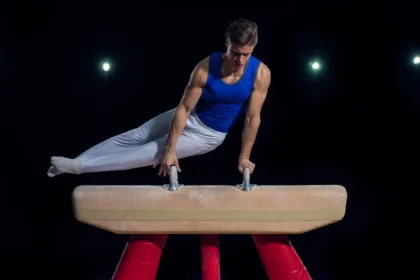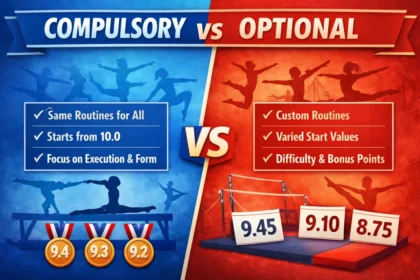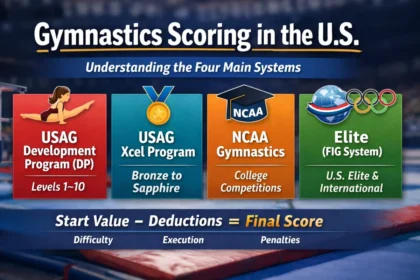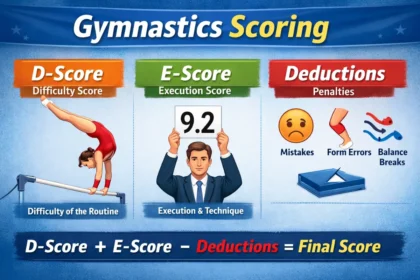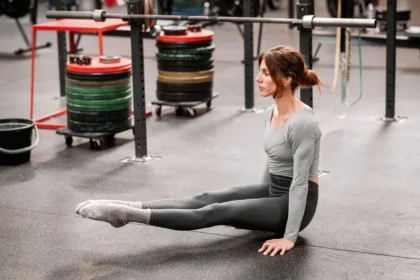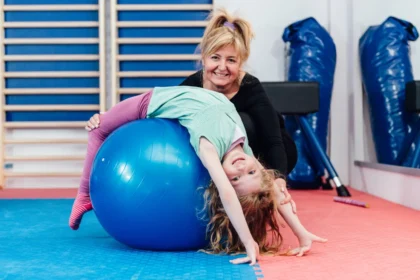MAG vs WAG Scoring: How Men and Women Are Judged Differently
At first glance, men’s and women’s gymnastics scores can feel confusing. A…
Four Core Turning Skills on the Mushroom (Pommel Horse Basics)
Pommel horse has a reputation for being one of the most confusing…
Inside the FIG Code of Points: How Olympic Gymnasts Maximize Scores
Olympic gymnastics scores can look confusing at first. One routine earns a…
Local Gymnastics Meet Scoring Explained: Compulsory vs Optional
Gymnastics meet scores can feel confusing, especially at local meets. One gymnast…
How Gymnastics Scoring Works in the USA (DP, Xcel, NCAA & Elite)
Gymnastics scoring in the United States isn’t handled by a single system.…
Gymnastics Scoring Explained: D-Score, E-Score & Deductions (2026 Guide)
Gymnastics scoring can look confusing at first glance, especially if you’re used…
9 Essential Gymnastics Conditioning Exercises for a Full-Body Workout
Gymnastics conditioning is about more than just getting stronger. It’s about learning…
How to Do Strength and Conditioning Workouts for Beginners (No Gym Needed)
Getting started with strength and conditioning doesn’t require a gym membership, fancy…
Body Conditioning vs Strength Training: A Beginner’s Guide
If you’re new to fitness, one of the first confusing questions you’ll…
How to Learn a Handstand on Still Rings (Step-by-Step Beginner Guide)
A handstand on still rings is one of the most demanding balance…
How to Build a Recreational Gymnastics Curriculum (Step-by-Step Lesson Plan)
A strong recreational gymnastics curriculum does more than fill class time. It…
Why Dance Cross-Training Is Essential for Strong Beam and Floor Routines
Today’s scoring systems reward gymnasts who can show both power and artistry.…

